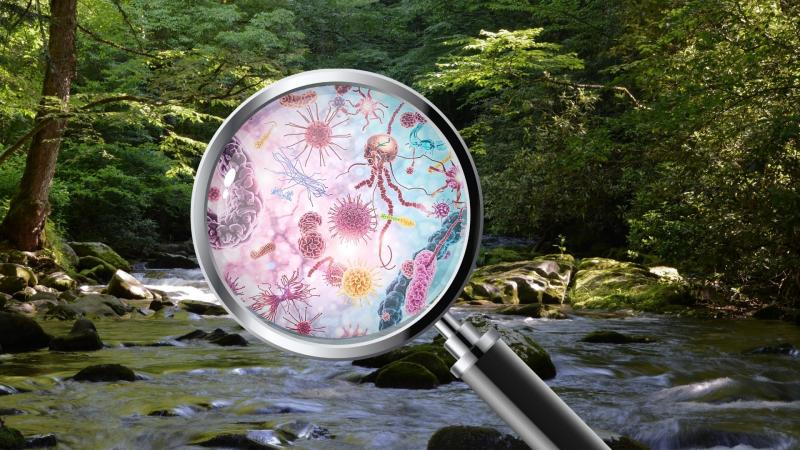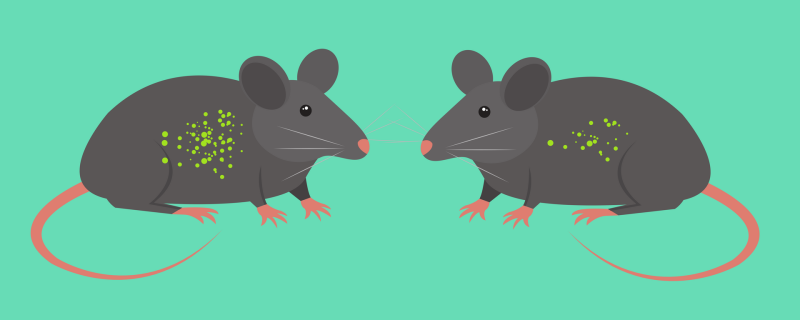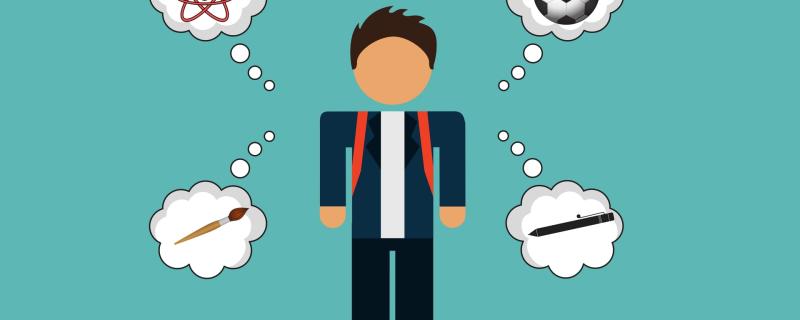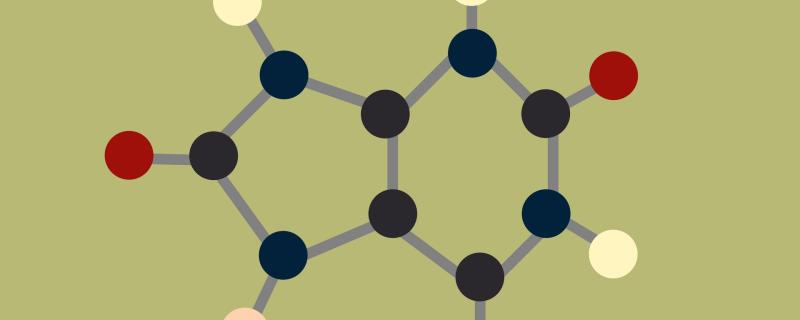What if a shoe could save your life when you are stuck in a building that is burning down? Though it sounds like a science fiction, the OpenShoe project aims to do exactly that! Built on a novel navigation technology called Inertial Navigation System (INS), researchers have built a minute navigation module that can be plugged into a shoe to track every step to the accuracy of a centimeter! Such foot-mounted systems help in tracking objects in the absence of satellite based navigation and would complement the widely used satellite based navigation systems, say the researchers.
Society
[field_op_main_image]
Ever since its emergence as a field of science in the 1980’s, Nanotechnology has seeped into every aspect of our lives. From embedded in toothpaste to materials space shuttles are made of, nanoparticles can be found on earth, on the surface and floating in the atmosphere. Accidentally consuming a few nanoparticles either while breathing or eating is all but unavoidable. But the effects of these nanoparticles on the human body haven’t yet been been fully understood.
Children often are labelled as ‘gifted’ and ‘talented’ in our education system owing to their academic or extracurricular activities. But what does it mean to say a child is ‘gifted’ and how ‘special’ are they really? Is there a particular age at which they develop the so called ‘giftedness’? If so, how should the teachers in the education system handle such students? A new study by Prof. Partha Pratim Roy from the South Point High School, Kolkata and University of Maryland College, USA, sheds some light on these questions.
[field_op_main_image]
Increasingly, today’s youth of the country are blowing up their childhood in smoke, quite literally! A new study has revealed some shocking reasons behind the addiction to tobacco based products among the youth. The study calls out that parents, especially mothers, play a great role in increasing the probability of their kids getting addicted to tobacco, as much as three times! In spite of the anti-tobacco laws introduced by the government, families play a great role in dissuading the children from using tobacco, claim the researchers.
Nanotechnology is the study of objects whose size varies in the range of nanometers--that is a billion times smaller than a meter. Although humans have been known to use nanotechnology since the ninth century, its role became prominent with the rise of information technology, with most of our current technologies like the smart phones, satellites and rovers on mars, depending on nanotechnology. We have just started uncovering the properties of the different elements and molecules at this scale, giving rise to new technologies as we do.
[field_op_main_image]
Science education opens up a new world of opportunities today across industry and academia. A career in Science, Technology, Engineering and Medicine (STEM) is rewarding for those minds that is inquisitive and wants to give back to the society in many different ways. In a recent conversation, the Research Matters team spoke to Prof. Brian Schmidt, a renowned cosmologist, winner of the 2011 Nobel Prize in Physics and the Vice Chancellor at the Australian National University on what he thinks about a career in science. Here is a summary of what Prof. Schmidt thinks of science education in today’s world
[field_op_main_image]
The human body harbours around 100 trillion microbes (bacteria, virus and others). While some harm us, others help us in different ways. A new study has now analysed the microbes present in our blood and has found that from an evolutionary perspective, they are related to each other, and strangely, even related to humans. This discovery has implications in drug discovery and designing therapies against harmful microbial infections.
Since ancient times, India has had a rich culture of metallurgy as evidenced in the archeological finds from Indian Iron age. The vessels and ornaments found from this period show skilled metallurgy and craftsmanship in smelting metal. Now, Prof. Sharada Srinivasan, a Professor at the National Institute of Advanced Studies, has been studying these ancient traditions and skills in working with metal.
Uric acid is a compound made of carbon, nitrogen and oxygen, and is one of the components in urine. High amounts of uric acid in the blood could lead to many debilitating medical conditions such as diabetes and gout. However, detecting the compound in living cells without damaging the cells can be quite a challenge. Now, scientists from Visva- Bharati Santiniketan, West Bengal, Indian Institute of Engineering, Science and Technology, Howrah and University of Calcutta, Kolkata have devised a novel way of detecting uric acid without disrupting the cell.
[field_op_main_image]
Pursuing research is one of the aspirations of many young minds stepping out of their college. Unfortunately, for many, this aspiration remains largely a dream as costs of higher education are increasing day by day. But what makes higher education so expensive? In such scenarios, should students bear the cost of research? If not, then who should bear them and why? How can different beneficiaries of university research work to help students come out of the burden of education costs and serve society at large? In a conversation with the Research Matters team, the winner of 2011 Nobel Prize in Physics, and the current Vice Chancellor of the Australian National University, Prof. Brian Schmidt, shares his views on the topic of research funding.




